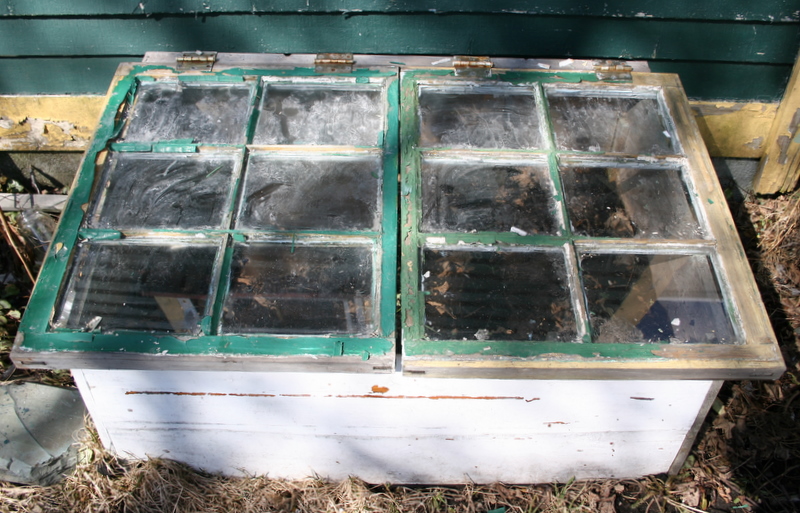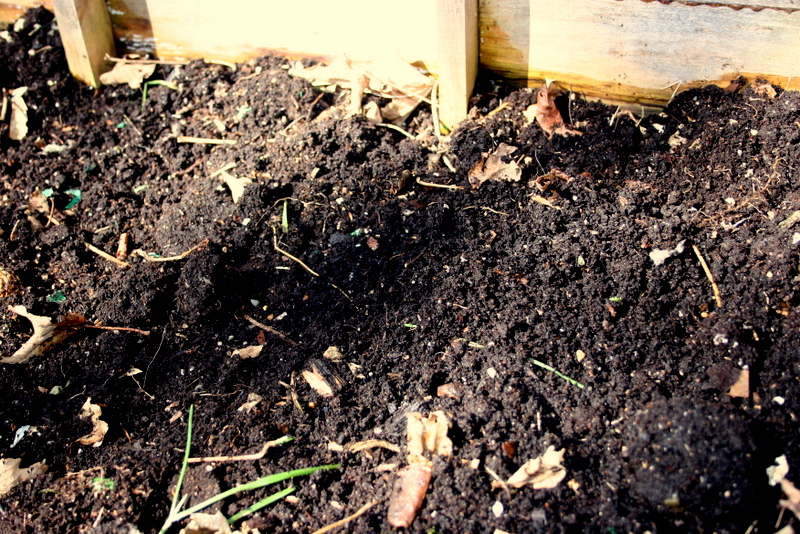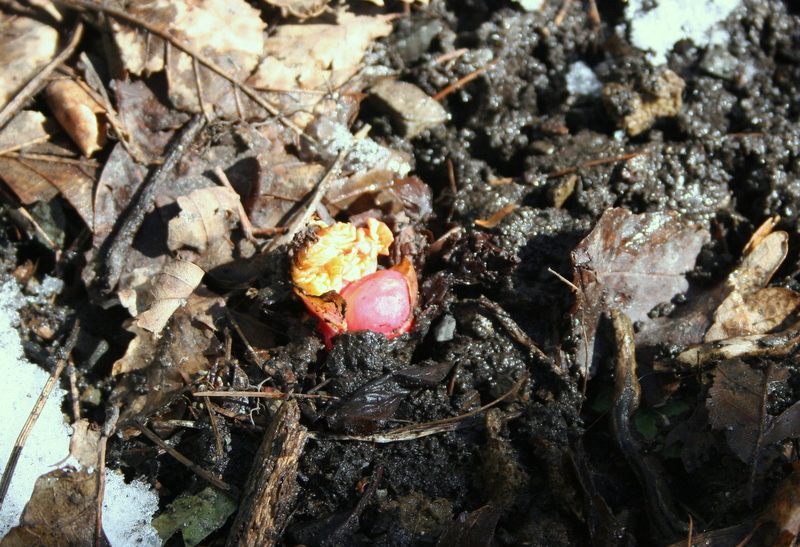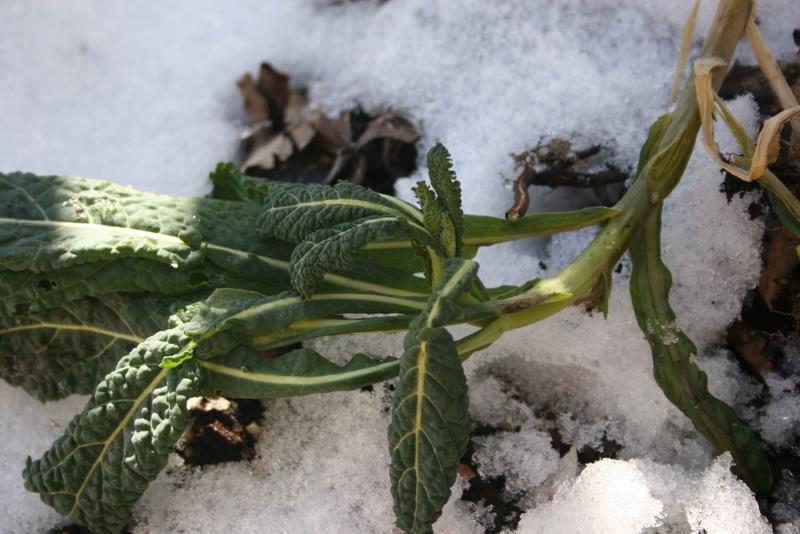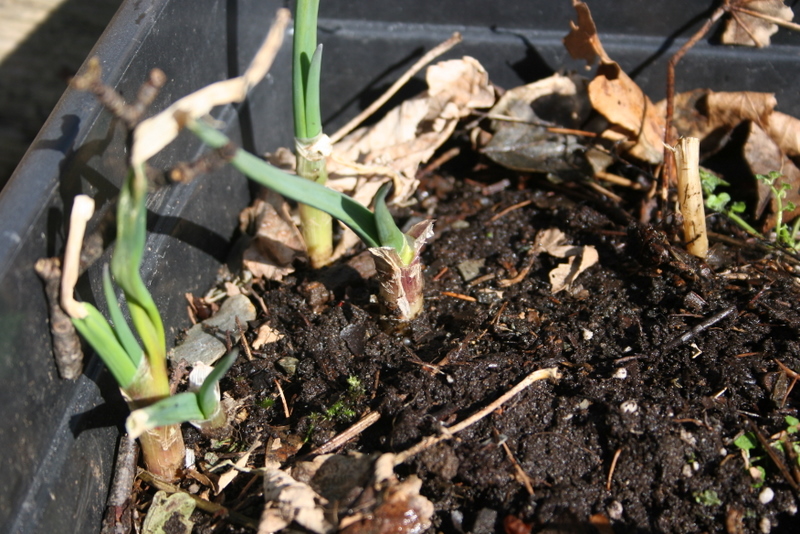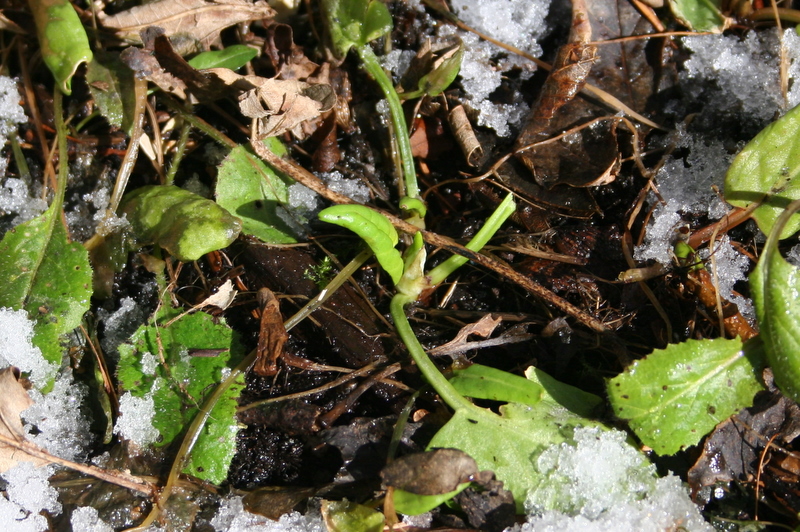"You put your green scraps in, you keep the meat out, you put your brown scraps in, you leave the dairy out. You do the hokey-pokey and stir the compost 'round, and that's what it's all about!" Thinking of starting up a backyard compost bin or want to get the most from the one you have? For a healthy compost bin, put in an equal amount of green and brown organic waste. That balance helps to maintain the ideal moisture level and the right ratio of nitrogen to carbon to help decomposer organisms get the job done turning waste into compost.
The following information is an excerpt from the soon-to-be released RCR workshop on composting- more details here! The full workshop includes information on vermicomposting too, so keep an eye out for upcoming posts on that.
Put these things in your backyard compost bin:
| Browns provide carbon (energy for decomposer organisms) and they are dry and fibrous. | Greens provide nitrogen (for decomposer organisms' growth & reproduction) and they are fresh and moist. |
Note: As with fruits and vegetables, it is best to put in the smallest grain food pieces possible. Grains like rice are already perfect, but whole pieces of bread should be broken up smaller. Large grain products may start to mold before they are broken down if they are put in whole.
|
Note: The smaller you cut up fruits and vegetables before adding them to compost, the easier it will be for decomposers to break them down. To get finished compost faster put in smaller items. Large items like oranges may start to mold before they are broken down so avoid adding them whole.
Note: Before adding eggshells rinse them out and crumble them up small, being careful of their sharp edges. Do not add eggshells if the egg has been boiled in them.
Note: Seaweed has been traditionally used in Newfoundland and Labrador for composting and it is an excellent addition to your bin. As with other organic matter, if it is in large pieces then it is best to break it up smaller before adding it to your compost so that it will decompose faster. |
Leave these things out of your backyard compost bin:
*Some of the items are compostable but they may attract pests, take a really long time to decompose or give off unpleasant odours, so they are best avoided when backyard composting.
| Avoid: |
Note: Traditionally people in Newfoundland and Labrador did use some of the above items for their compost, especially small fish like capelin and the leftovers from processing larger fish like cod. However, using them in your backyard or vermicompost could be problematic because they may attract pests and could give off unpleasant odours. Commercially-made compost often has fish offal in it because it has been made on a farm or in a facility that can manage those issues. If you want fish-based compost because of its beneficial properties, it is best to purchase some rather than making it at home.
|
Do you put something else in your backyard compost bin that we've missed? Leave a comment below!











